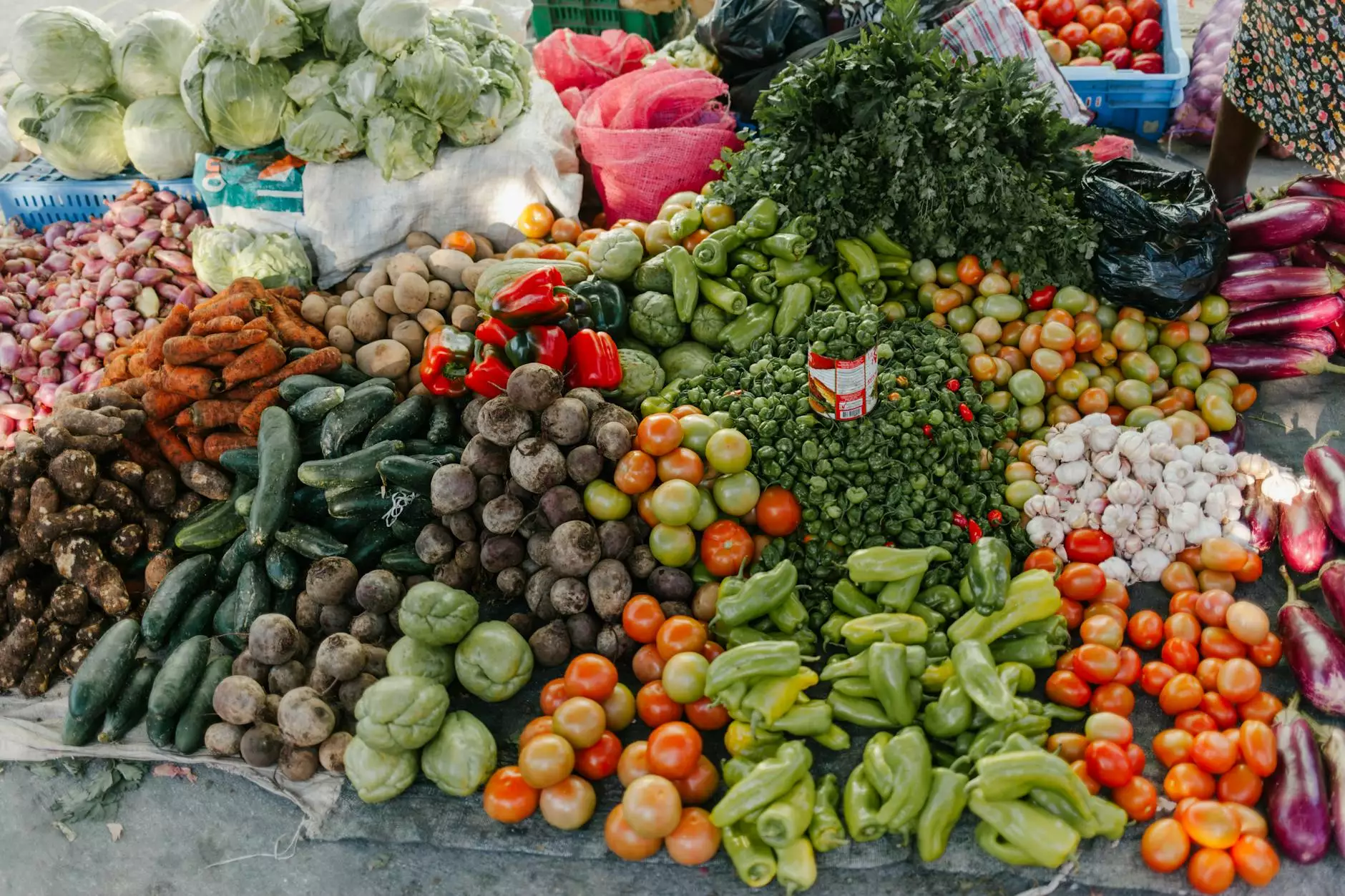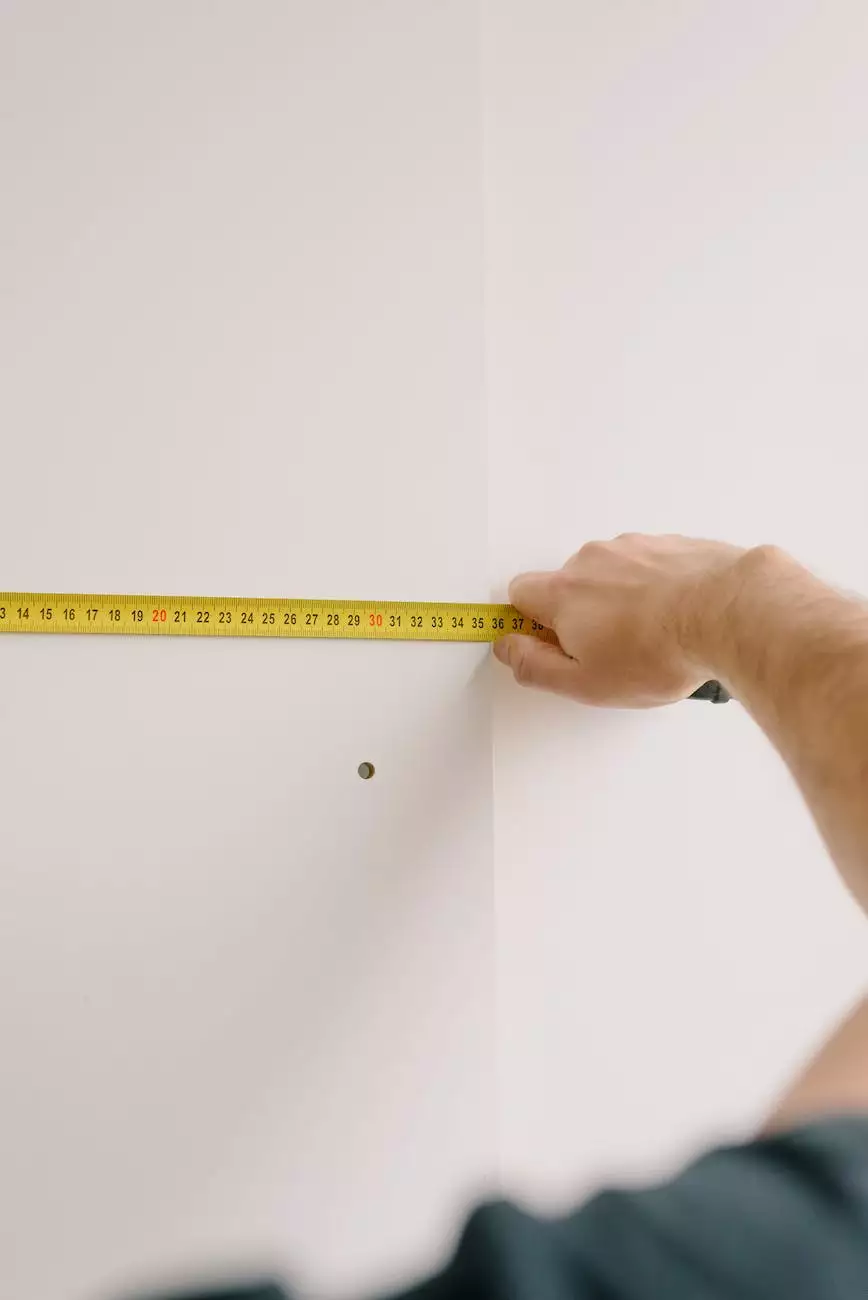How to Harvest, Preserve, and Store Your Herbs

Introduction
Welcome to Cutting Hedge Services, your go-to resource for all things herb-related. In this comprehensive guide, we will walk you through the process of harvesting, preserving, and storing your herbs to ensure the longevity of their flavor and quality.
1. Harvesting Your Herbs
Harvesting your herbs at the right time is essential to maximize their flavor and nutritional value. Here are some key steps to follow:
Selecting the Right Time
Most herbs are best harvested in the morning, after the dew has dried, but before the sun is too hot. This is when the essential oils in the leaves are at their peak, resulting in better flavor.
Choosing the Technique
Depending on the type of herb, you can either cut the entire plant, trim individual leaves, or remove the top growth. Use clean and sharp garden shears or scissors to avoid damaging the plants.
Trimming and Cleaning
Once you've harvested your herbs, remove any damaged or discolored leaves. Gently rinse the herbs under cold water to remove any dirt or pests. Pat them dry with a clean towel or use a salad spinner.
2. Preserving Your Herbs
If you have an excess of fresh herbs, preserving them is a great way to enjoy their flavors throughout the year. Here are a few popular preservation methods:
Drying
Drying herbs is a traditional method that helps retain their flavors. Gather small bunches of herbs and hang them upside down in a warm, well-ventilated area away from direct sunlight. Once fully dried, strip the leaves from the stems and store them in airtight containers.
Freezing
Freezing herbs preserves their flavors exceptionally well. First, chop the herbs or leave them as whole leaves. Place them in ice cube trays, cover with water or olive oil, and freeze. Once frozen, transfer the herb cubes into freezer bags or containers for long-term storage.
Herb-infused Oils and Vinegars
Creating herb-infused oils and vinegars not only extends their shelf life but also adds a burst of flavor to your dishes. Fill sterile bottles with fresh herbs and cover them with oil or vinegar. Store them in a cool, dark place for a few weeks before using.
3. Storing Your Herbs
Proper storage is key to maintaining the quality and potency of your herbs. Follow these guidelines to keep them fresh:
Temperature and Humidity
Herbs are best stored in a cool, dry place away from sunlight. Avoid storing them near the stove or in the refrigerator, as moisture can cause them to spoil quickly.
Airtight Containers
Choose airtight containers like glass jars or freezer bags to prevent air and moisture from reaching your herbs. This helps preserve their flavor and aroma for an extended period.
Labeling and Dating
Always label your containers with the herb's name and the date of harvest or preservation. This ensures you use the oldest herbs first and keeps track of their freshness.
Conclusion
Congratulations! You now have the knowledge to harvest, preserve, and store your herbs effectively. With the tips and techniques provided by Cutting Hedge Services, you can enjoy the flavors and health benefits of your herbs year-round. Remember, fresh herbs can elevate any dish, so start exploring creative ways to incorporate them into your culinary adventures today!










